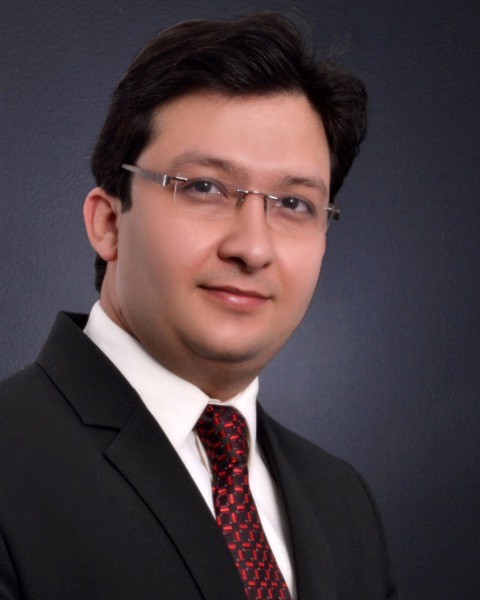Congenital
Category: How I Do It Surgical Video
Surgical Management of an Infant with Severely Stenotic Systemic and Pulmonary Circulation in a case of William’s Syndrome

Manan Desai, MBBS, MS, MCh
Attending Pediatric Surgeon
Children’s National Hospital
Washington, District of Columbia, United States
Presenting Author(s)
Disclosure(s):
Manan Desai, MBBS, MS, MCh: No financial relationships to disclose
Please explain the educational or technical point that this video addresses.: 1) One-stage versus two-stage repair of left sided and right sided obstructive lesions in patients at the severe end of spectrum of William's syndrome
2) Strategy for repair of borderline coronary artery lesions in William's syndrome
3) Perioperative ECMO as a salvage in critically ill infants with William's syndrome
Please provide a 250 word summary of the surgical video being submitted.: Our patient was a 5 month old male with diagnosis of William's syndrome and severe suprvalvar aortic stenosis with borderline hypoplasia of ascending aorta and arch. Cardiac catheterization revealed extensive pulmonary artery disease extending upto lobar branches. He suffered a cardiac arrest after cath and was placed on ECMO. He was found to have hemoperitoneum due to a perforation in the external iliac artery which was repaired emergently. He subsequently was weaned of ECMO and underwent elective surgery few weeks later. After sternotomy during initial dissection he had VF and was placed onto CPB. We did a left sided repair with three patch technique and took a ledge of tissue of coronary ostial origins. The coronary arteries probed fine so we didn't patch them. We also did patch augmentation of ascending aorta and arch with ACP. While weaning off CPB we performed STJ plication to reduce aortic insufficiency. We weaned off CPB with good hemodynamics and biventricular function however the patient had VF again. So we went back on CPB to do repair of pulmonary artery stenosis bilaterally upto lobar branches. We transitioned to ECMO post-repair due to biventricular dysfunction and myocardial edema. The patient was weaned off ECMO on post-operative day 4 as his ventricular function improved and myocardial edema resolved. The chest was sequentially approximated and completely closed on post-operative day 9. He was discharged home 3 months after his repair.
Learning Objectives:
- Learn about management of high risk surgical repair of complex William's syndrome with systemic as well as pulmonary artery disease
- Understand the management of dilemma of dealing with coronary artery disease coexisting with severe William's syndrome
- Understand the role of peri-operative ECMO in salvaging patients with severe William's syndrome
